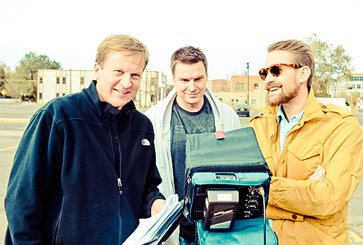Insights
Tuning in to TV commercials.
In the advertising world, what goes on in media research doesn’t always affect creative circles – but Nielsen’s new TV commercial ratings are causing quite a buzz. Up until now, there were TV program ratings – we knew how many people watched Ugly Betty. However, soon we’ll know how many people tuned into the commercial breaks during Ugly Betty - and soon after that, Nielsen will tell us how many people saw each commercial within the breaks.
The breakthrough benefit for agency media planners and their clients is a more accurate assessment of actual value and a likely economic advantage. We finally have the negotiating leverage to stop paying for restless eyeballs that zap out during commercial breaks. TV sellers are understandably nervous.
Creative departments, though, are a bit more cautious. Clients hungry for accountability may perceive the new data as a black and white report card on each piece of creative. There is a natural attraction to data-based rationale whether it’s out of genuine interest to make better decisions or relief that the stake in the ground no longer has to be personal judgment. This new research capability may be a revival for the value of great creative. Demonstrating one and for all that people are more likely to tune in when the message is relevant, meaningful and (dare we say) entertaining. As opposed to the classic ad formula of screaming features and prices at the viewer.
But we can’t ask this new data to do more than its share of heavy lifting. When all is said and done, there will still be the age-old question about who gets the credit and who gets the blame: does a commercial rating reflect the spot’s appeal, or its position in the break within a well-targeted program? Or, did viewers simply zap out to grab breaking news on CNN? And to that point, can any research capture the countless forces that affect how well a message is received, such as whether someone was distracted by kids or dogs at the time of exposure? Maybe some day, but not quite yet.
It’s important to embrace Nielsen’s progress as key input, but it should not serve stand-alone as rationale for multifaceted decisions that are still better made with good old collaboration and human judgment.




